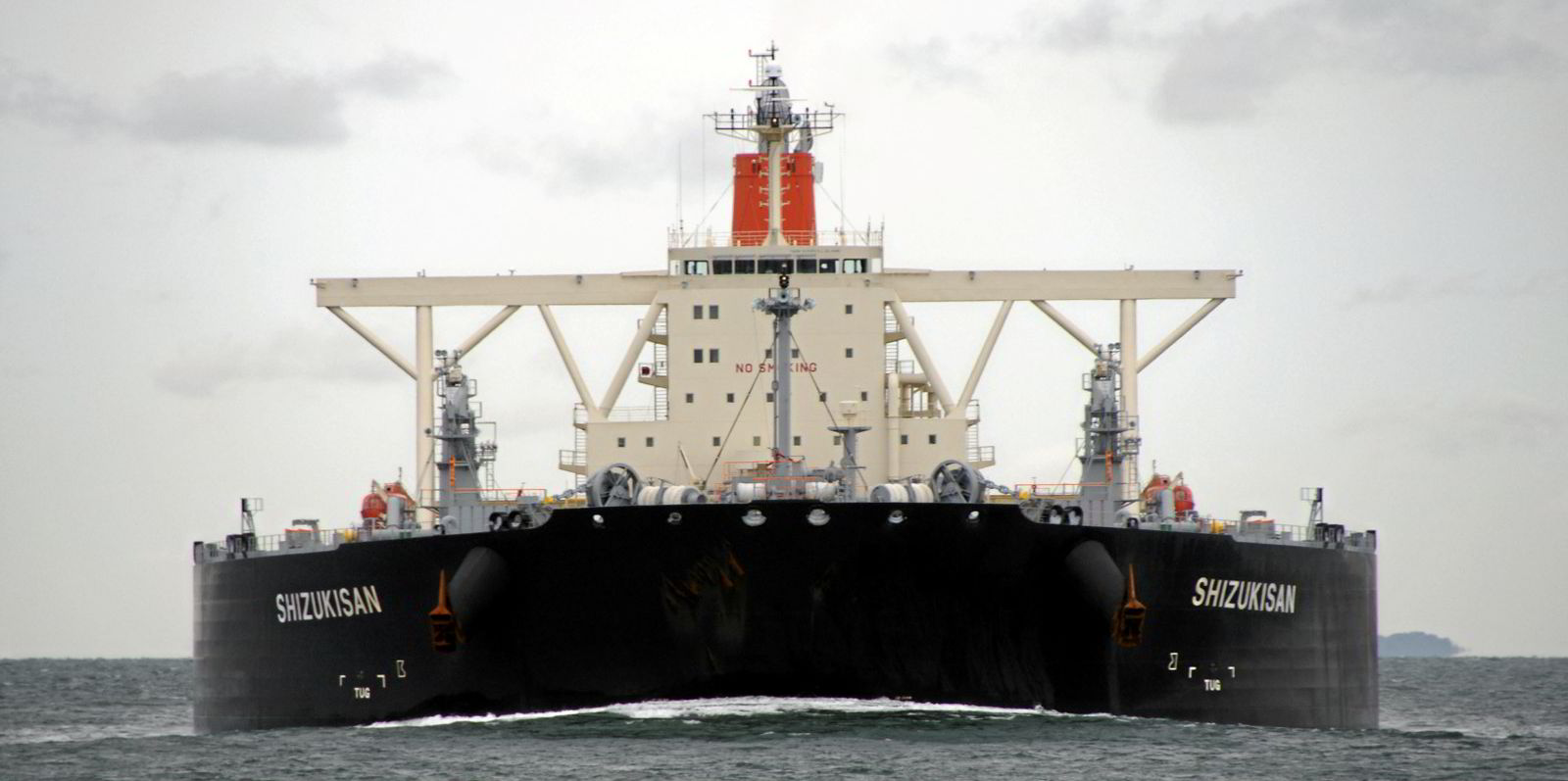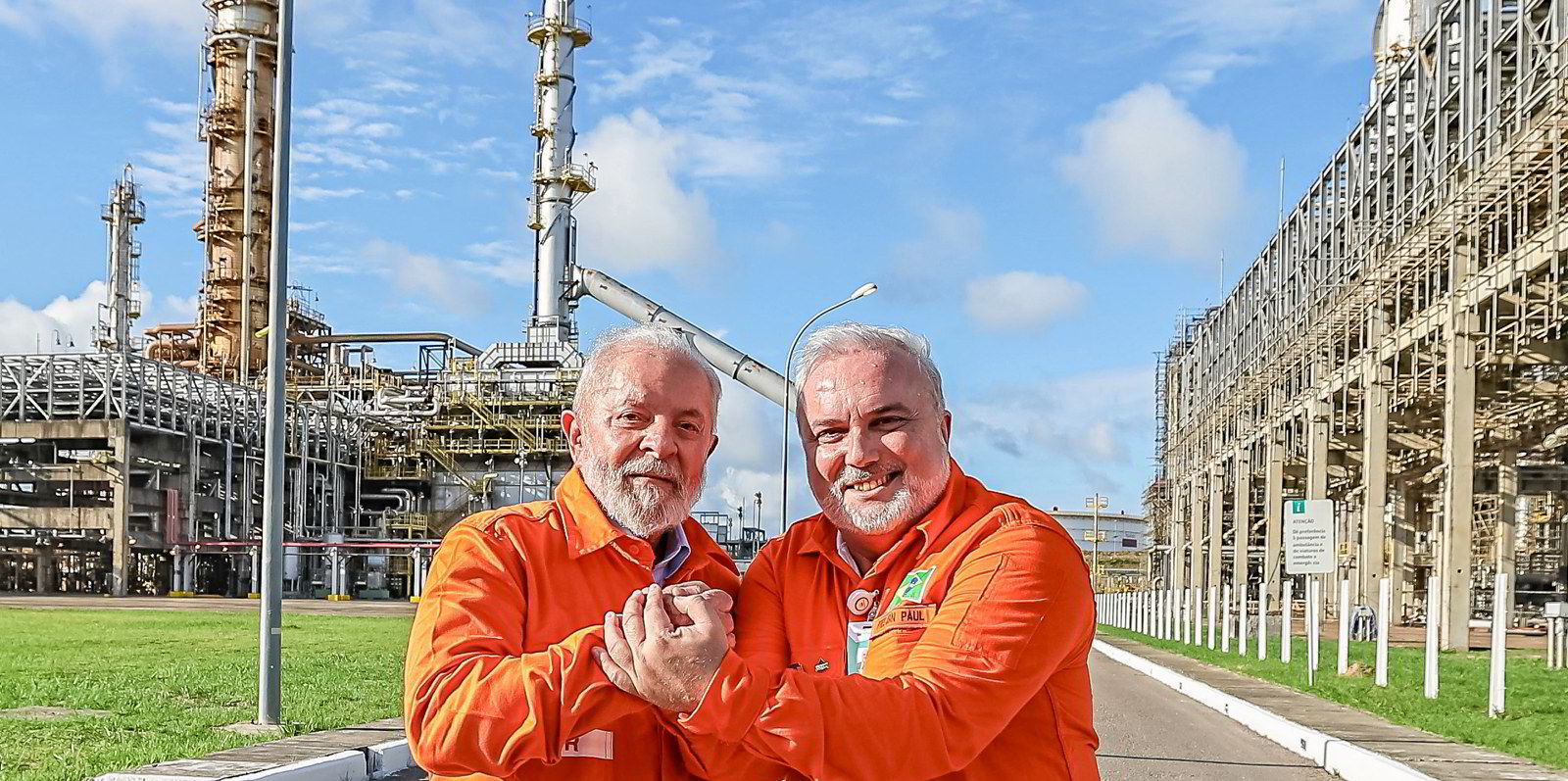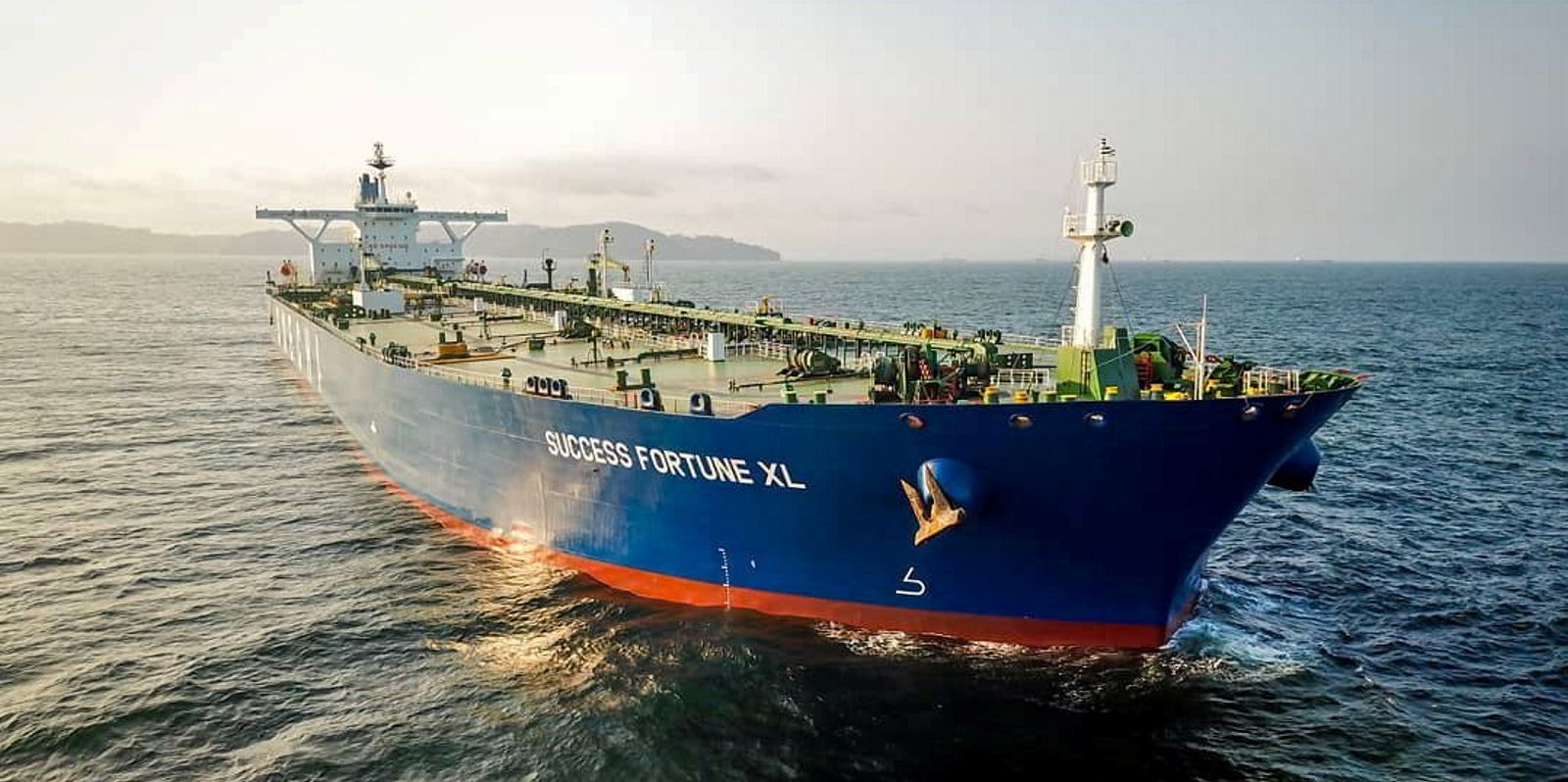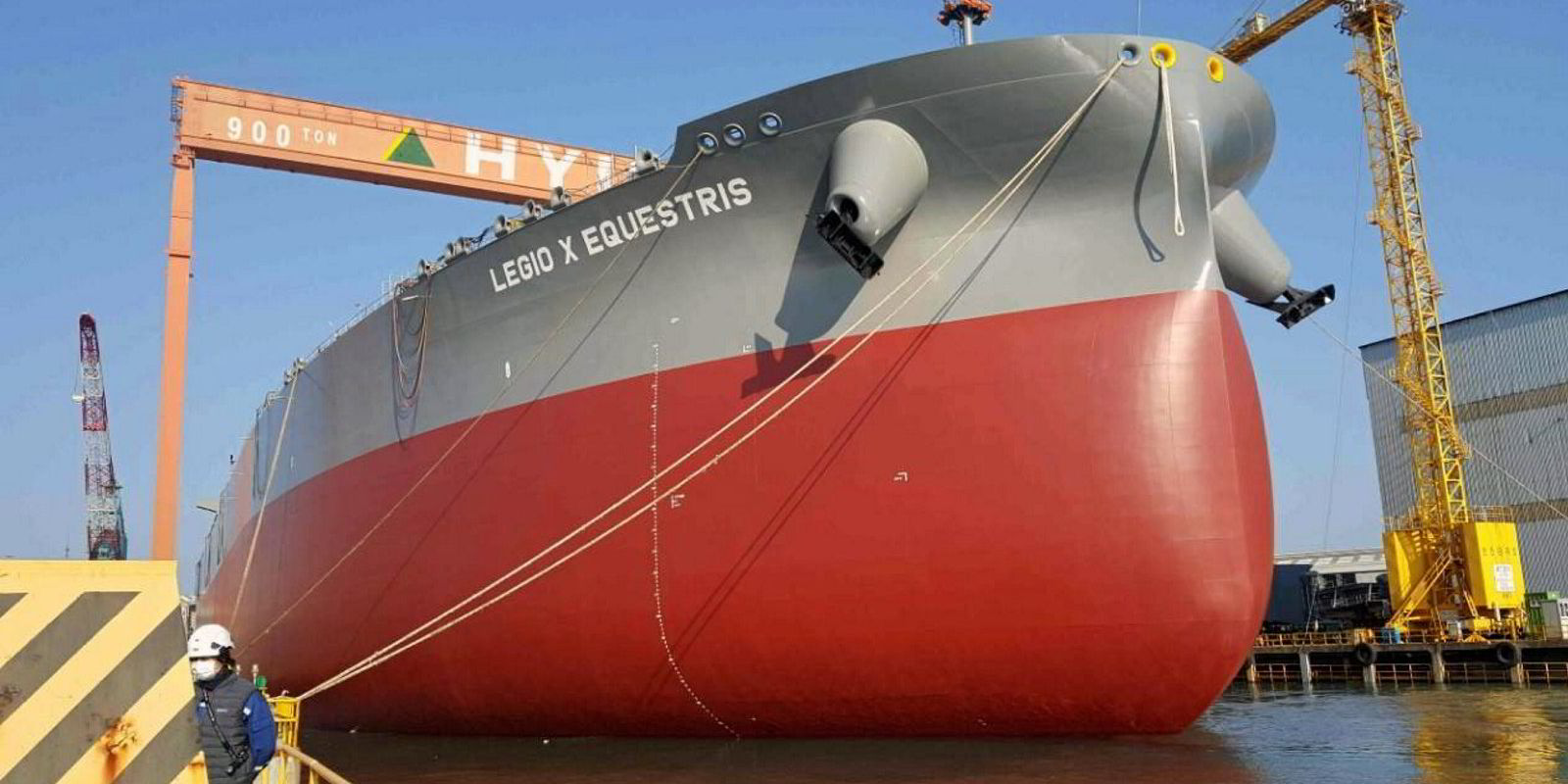US shipbroker Poten & Partners has cautioned against excessive ordering of VLCC newbuildings given the evolving dynamics of the tanker market.
Some 19 VLCCs were contracted in the first two months of 2024, exceeding the total of 18 ordered in the whole of last year.
For many years, VLCCs have been regarded as the “bellwether” of the tanker market, often serving as the harbinger of improvements within the market.
Trade disruptions as a result of conflicts or geopolitical tension in the Middle East will frequently boost VLCC rates more than those of the smaller crude oil tankers.
However, Poten said this pattern has been somewhat disrupted since the end of the pandemic, with suezmax and aframax tankers outperforming VLCCs on a relative basis since 2021.
“During the pandemic, tanker rates suffered from low tanker demand and, while the global economies started to recover in the second half of 2021, it wasn’t until Russia invaded Ukraine that tanker rates picked up in a meaningful way,” said Poten.
“Sanctions on Russian exports scrambled global trade flows and the limitations of Russian export infrastructure boosted aframax and suezmax tonne-mile demand relative to VLCC demand.”
Poten says developments in the VLCC market over the past three years are best illustrated by the changing patterns seen in VLCC tonne-mile demand by load area.
“After recovering nicely from the pandemic slump, growth in VLCC demand from the Arabian Gulf stagnated from October 2022 onwards, as some Middle East Opec producers started to cut back production and exports,” the broker said.
“The market share of the [Arabian Gulf], which had increased from around 50% of total VLCC tonne-mile demand in early 2021 to more than 60% in the fall of 2022, stagnated and dropped to 52% in the middle of 2023.
“Exports from the Gulf of Mexico (mainly the US) expanded during this timeframe and represented 20% of global VLCC tonne-mile demand in 2023 up from 13% in 2021,” Poten added.
Market share losers over the last few years have been West Africa and the North Sea.
“Production problems contributed to the former, while the Russian invasion of Ukraine was the main reason that long-haul exports from the North Sea suffered. European countries kept most of their crude in the region after losing the Russian barrels,” Poten said.
Global oil demand growth in the short term is the most important driver for the VLCC market, said Poten.
However, most forecasters expect demand growth to be rather anaemic — in the range of 1m to 1.5m barrel per day for 2024 and 2025
The broker also sees tonne-mile demand growth becoming less of a factor in the coming years as US production and export growth, which have been key components of tonne-mile demand growth, are expected to slow.
Over the longer term, Poten said the focus of oil demand growth in Asia is expected to switch from China to India.
“This is not favourable for VLCC demand growth: China imports 74% of its crude oil on VLCCs, while India relies more on suezmaxes and aframaxes,” said Poten.
“India imports only 39% of its crude on VLCCs and since India is located right next to the Middle East, the tonne-mile impact is even greater,” the broker added.
Despite a mixed outlook for VLCC tonne-mile demand going forward, Poten says the expectation is that VLCC rates will remain strong in the coming years due to the lack of meaningful newbuilding deliveries in 2024 and 2025.
“However, in recent months, there seems to be more appetite for new orders, with several owners putting pen to paper at shipyards, despite high prices and relatively long lead times,” it said.
“We are not in the danger zone yet, but an acceleration of VLCC ordering could put a sustained market recovery in jeopardy,” the broker warned.







